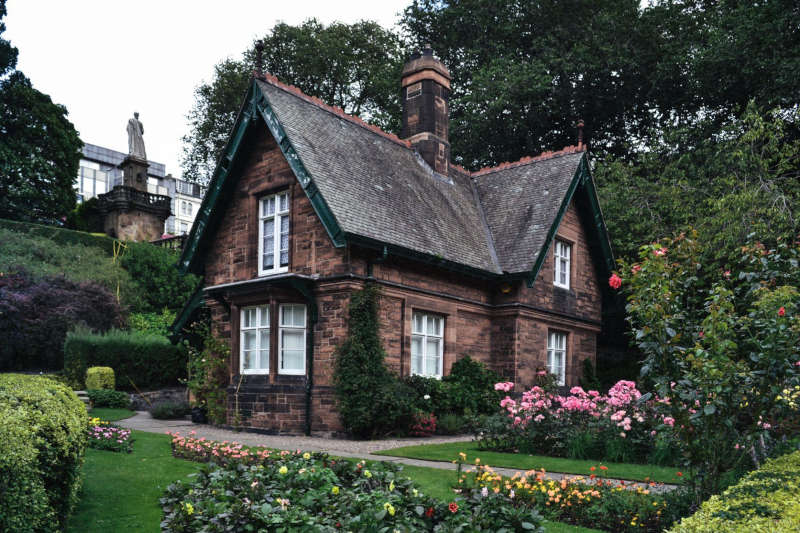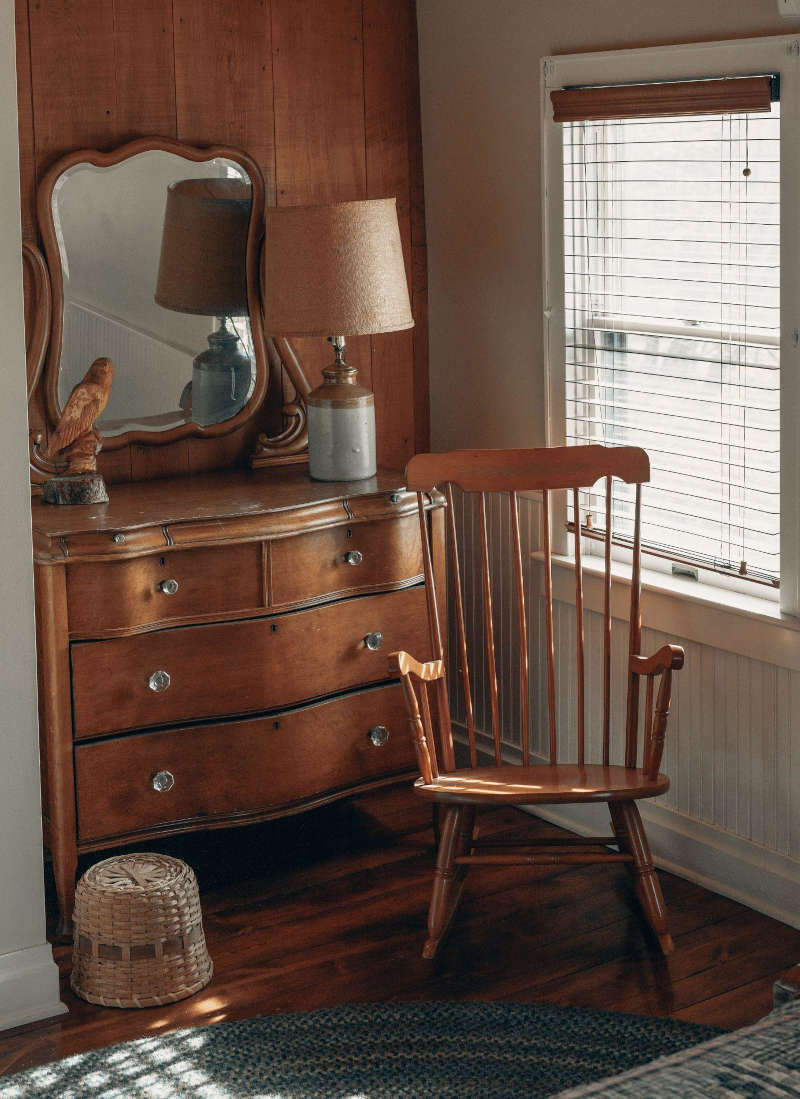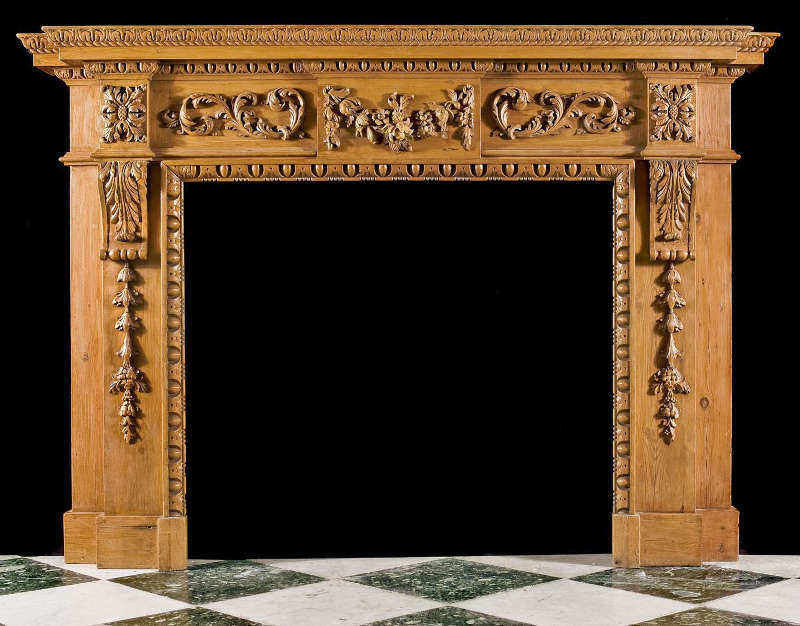Here’s a question which often causes confusion - what is primitive decor?
Many people wonder if it’s any different to rustic decor, for example.
We’ll run through the key traits that reflect primitive decor values and what makes the style unique.
This article is the latest in a series looking at different decoration trends.
So, what is primitive decor exactly?
Here’s our explanation of the style.

× 
What is primitive decor? An overview
Folk art often reflects the cultural life of a specific community
In this context, the term ‘primitive’ is used for its connotations of an earlier time in history - and an intentional, unrefined simplicity.
These are a few typical traits:
- Folk art
- Farmhouse elements
- Muted colours
- A rough aesthetic
Folk art often reflects the cultural life of a specific community.
Contemporary folk artists try to achieve a primitive style by using earthy colours, staining works with tea or coffee, and using sandpaper for a worn or aged appearance.
Life on the farm is shown via animals like cows and sheep, or Americana-esque barnstars, for example.
Americana influence
A lot of Americana art reflects nostalgically on US folk culture pre-20th century, often depicting an ideal life in a small town.
One symbol of this is the barnstar, which became a particularly popular feature above buildings after the Civil War.
Primitive decorating intersects with Americana values by expressing the beauty of basic but welcoming items - such as hand-made farmers’ furniture, cooking items or pottery.
It celebrates craftsmanship of practical and inornate items, made with love and without pretence, using simple materials and tools.
What is primitive decor’s main material?
Wood is central to primitive decor. Willow trees are a common motif featured in primitive decorating.
In any primitive object, the wood should show the wear and tear of age - not appearing too refined and with a naturally exposed grain.
Wooden hanging signs and plain wooden frames are very typical of the primitive style. Primitive furniture uses heavy wood.
Metal is also a classic primitive decor material - farmers would have used it for buckets or shelving.

× 
The role of antiques
Usually, antique artwork is displayed in a wooden frame
Old age is an important factor in primitive decor. Genuine primitive items are usually antique, rather than vintage.
These terms are often used interchangeably and incorrectly, which is why we’ve written in detail about the difference between ‘antique’ and ‘vintage’.
In America, an antique’s status is legislated by US Customs.
In contrast, the contemporary primitive decor is designed to look old - hence the intentional staining and sanding described earlier.
The right style of antiques do not look out of place in a room with primitive decoration - in fact, they tend to blend in seamlessly.
Usually, antique artwork is displayed in a wooden frame.
Some antique wooden fireplaces perfectly suit the primitive decor style too.

× 
What is primitive decor’s main difference to rustic design?
Country decor can be European too and depict cottages rather than farmhouses
Other terms sometimes used interchangeably are primitive, rustic and even country style.
There are similarities between all three, but they are not one and the same.
Generally speaking, rustic style has a clear link to nature - items are made from raw, natural materials with earthy colours, expressing comfort and an old-fashioned way of life.
However, rustic creations are not necessarily antique - they don’t have to be very old and they don’t have to be hand-made to count as rustic.
This also means that a primitive piece is rustic, but a rustic item is not always primitive in style.
Country style is much broader than primitive or rustic. It’s a less specific term and the boundaries are a little blurred.
Key differences are that while primitive decor has an Americana influence, country decor can be European too and depict cottages rather than farmhouses.
You can give your home a more cottagecore aesthetic with the right antique selection.
Country style also tends to use a much wider range of hues, when compared to the rustic colour palette.
Summary: What is primitive decor?
The primitive style is best represented by practical items, hand-made, of an antique age, and with a worn appearance.
Primitive wood is unrefined and plain, with the grain on show. Elements of Americana are often detectable.
An authentic primitive artefact is an antique and hand-crafted, aspects which are not always true of rustic decoration.
Now if someone asks you “what is primitive decor?”, you can teach them something new!
We’ve previously covered everything from Chinoiserie, Art Deco interior design and Victorian garden design to Art Nouveau decor, the Jacobean era and Edwardian decor.
We hope you found this guide useful. If you have any queries, or would like to enquire about anything we have in stock, please contact us.